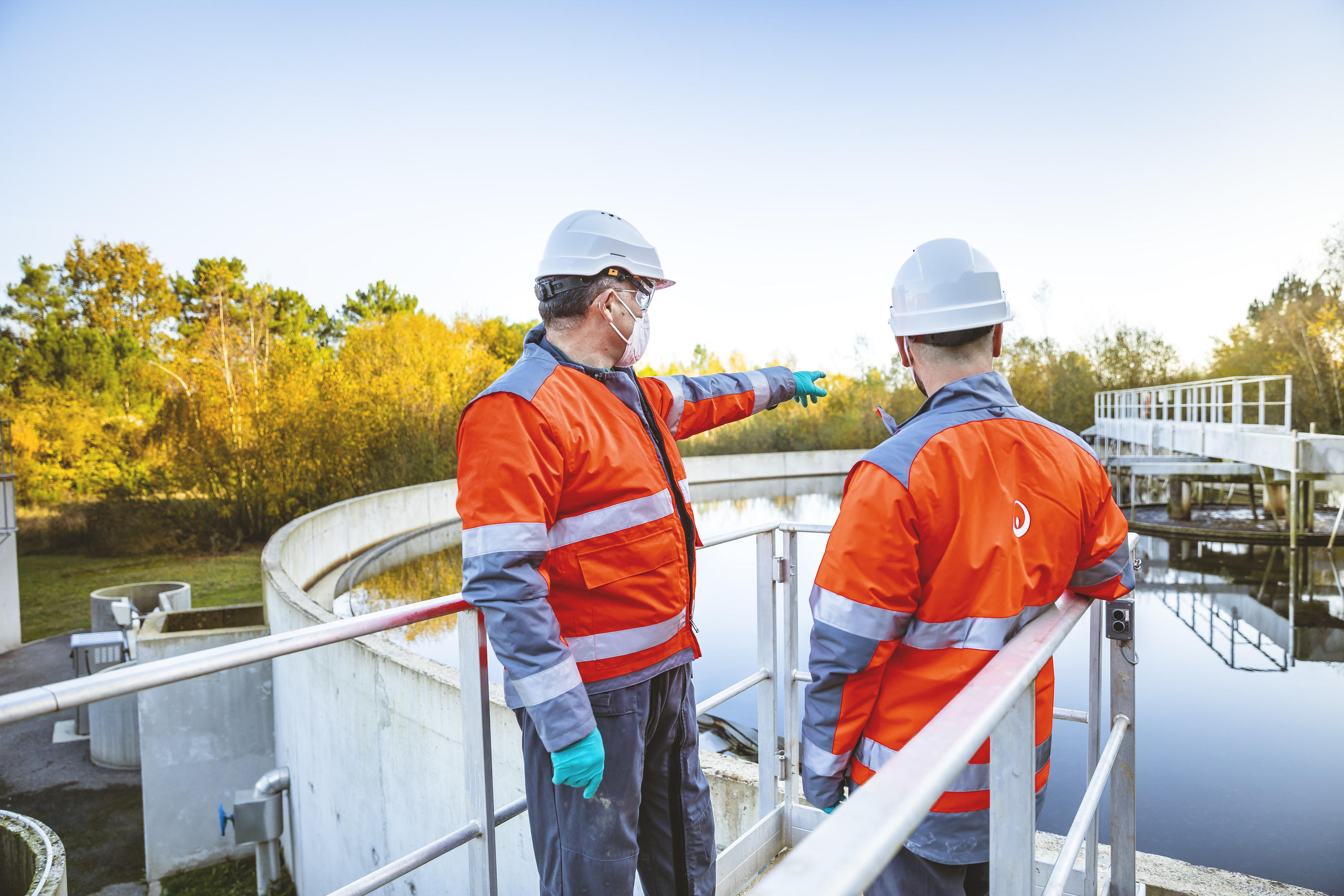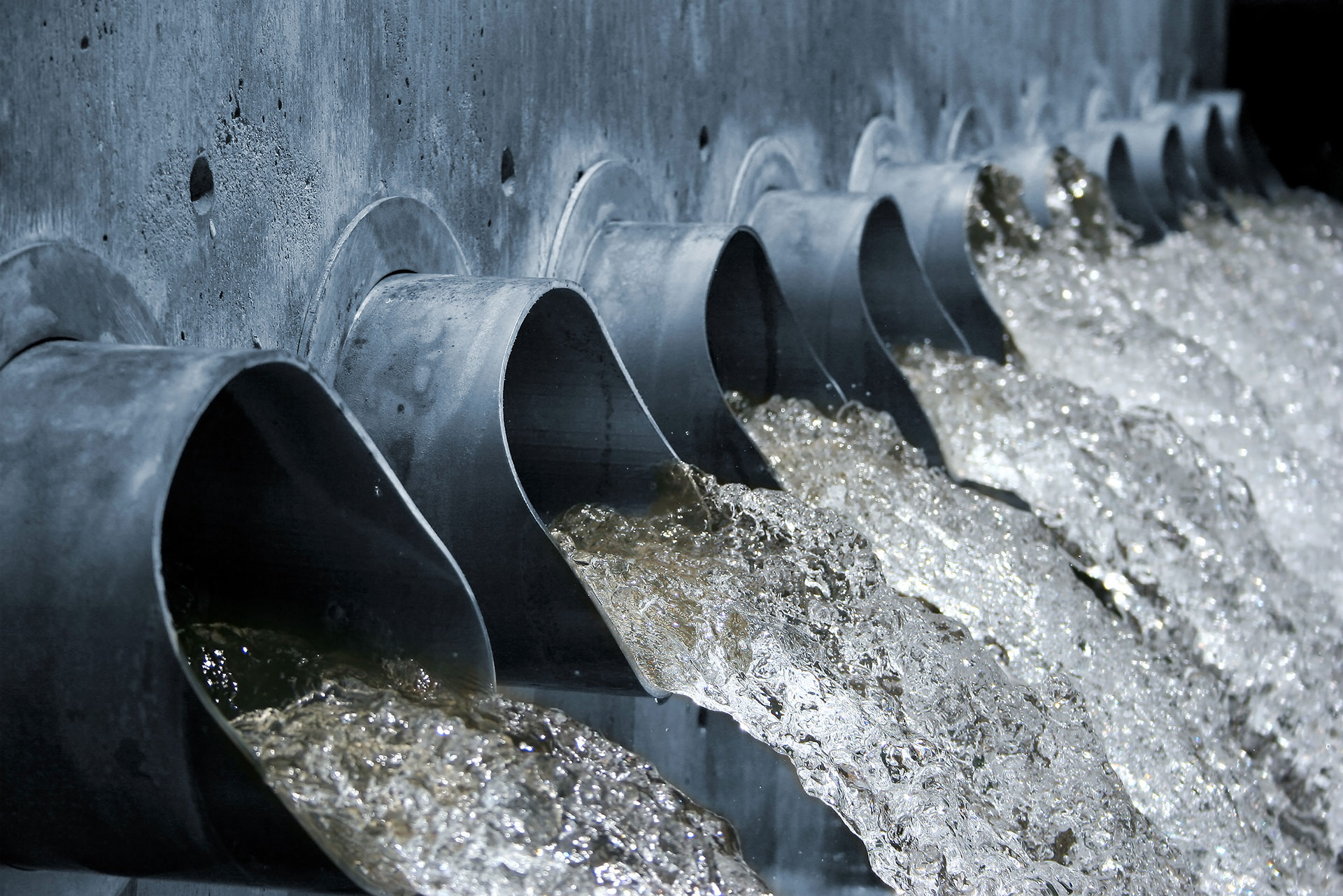Industrial Waste Water Treatment-- Advanced Solutions for Cleanser Effluents
Industrial Waste Water Treatment-- Advanced Solutions for Cleanser Effluents
Blog Article
Advancements and Advances in Hazardous Waste Water Treatment Technologies
The landscape of commercial wastewater therapy is undertaking a transformative shift, driven by innovations that enhance both effectiveness and sustainability. As regulative criteria evolve, the integration of AI and device understanding right into wastewater monitoring systems guarantees to make certain and improve operations conformity.
Summary of Waste Water Treatment Technologies
Wastewater treatment technologies include a series of techniques developed to eliminate impurities from commercial effluents prior to their launch into the setting. These modern technologies are critical for keeping eco-friendly equilibrium and making certain conformity with environmental laws. The main classifications of wastewater therapy consist of physical, chemical, and organic approaches, each serving distinct purposes based upon the nature of the pollutants existing.

Biological treatment methods employ microorganisms to weaken natural matter, making them especially efficient for organic-rich effluents. Techniques like triggered sludge and biofilm reactors harness the all-natural destruction abilities of microorganisms, resulting in significant reductions in biochemical oxygen demand (FIGURE)
Advanced Purification Techniques
Advanced purification techniques represent an essential advancement in the realm of commercial wastewater treatment, enhancing the effectiveness of contaminant elimination procedures. Industrial Waste Water Treatment. These approaches incorporate a series of innovations, consisting of microfiltration, ultrafiltration, nanofiltration, and reverse osmosis, which supply consecutive barriers for different fragment sizes and chemical structures
Microfiltration and ultrafiltration utilize membrane systems to eliminate put on hold solids, germs, and bigger organic molecules, enhancing the quality of effluent before additional therapy. Nanofiltration connects the void between ultrafiltration and turn around osmosis, properly eliminating natural compounds and divalent ions, hence lowering the load on downstream processes.
Reverse osmosis offers the highest degree of purification by permitting just water and little particles to go through its semi-permeable membrane layers, making it ideal for reclaiming top notch water from industrial effluents. Recent advancements in membrane technology, including the advancement of even more fouling-resistant and long lasting products, have actually substantially improved functional effectiveness and reduced costs.
Including these innovative purification strategies not only boosts the total treatment procedure but likewise adds to sustainability initiatives by making it possible for water reuse and resource recuperation in industrial settings. (Industrial Waste Water Treatment)
Organic Treatment Technologies

Additionally, the development of engineered biological systems, such as membrane bioreactors (MBRs), integrates organic therapy with innovative membrane layer filtering. This assimilation enables higher effluent top quality and decreased footprint, making it appropriate for space-constrained industrial facilities. Innovations in genetically engineered microbes have actually additionally arised, boosting the biodegradation of details contaminants, such as drugs and hefty steels, that are commonly testing to remove.
Additionally, the execution of bioaugmentation methods, where valuable germs are presented to enhance the existing organic treatment procedures, has shown encouraging cause boosting treatment performance. These developments jointly indicate a trend towards more lasting and reliable organic therapy approaches that can adjust to the advancing complexities of commercial wastewater streams. As sectors proceed to focus on environmental compliance, these organic advancements will play a vital role in wastewater monitoring.

Source Recuperation Approaches
In industrial setups, the combination of source healing methods has actually come to be increasingly crucial for enhancing sustainability and decreasing waste. These approaches concentrate on extracting useful materials and energy from wastewater streams, consequently transforming possible pollutants into recyclable sources.
One popular strategy is nutrition recovery, where nitrogen and phosphorus, her explanation typically existing over in wastewater, are recorded and exchanged fertilizers. This not just decreases ecological effects yet also provides a circular economy option for farming applications. Furthermore, technologies such as anaerobic food digestion permit the conversion of natural waste right into biogas, a renewable energy source that can counter fossil gas use in commercial operations.
Additionally, progressed purification and membrane layer innovations assist in the recuperation of commercial by-products such as steels and salts. These recouped products can be rehabilitated right into production procedures, reducing the requirement for virgin resources.
Future Trends in Waste Water Monitoring
As sectors progressively focus on sustainability, the future of wastewater management is readied to undergo considerable changes. Technical developments, such as expert system and artificial intelligence, will certainly enable much more effective tracking and administration of wastewater systems. These technologies can forecast upkeep requirements, optimize treatment procedures, and improve decision-making, ultimately lowering functional expenses and ecological effect.
Moreover, the combination of circular economic situation concepts will play a vital function in wastewater administration. Industries are anticipated to move in the direction of systems that not just treat wastewater but likewise recoup beneficial sources, such as nutrients, water, and power. This transition will certainly reduce waste and promote the reuse of materials, straightening with worldwide sustainability objectives.
Emerging therapy methods, such as membrane layer bioreactors and advanced oxidation processes, will certainly additionally enhance the effectiveness of wastewater therapy, permitting for higher high quality effluents appropriate for reuse. In addition, governing structures are likely to develop, highlighting more stringent criteria for wastewater discharge and motivating sectors to embrace innovative therapy services.
Conclusion
In conclusion, the evolution of commercial wastewater therapy modern technologies shows a significant shift in the direction of enhanced performance click for info and sustainability (Industrial Waste Water Treatment). Innovations in innovative filtering strategies, organic therapies, and resource recuperation approaches highlight the market's commitment to ecological stewardship.
The landscape of industrial wastewater therapy is undertaking a transformative change, driven by technologies that enhance both performance and sustainability.Wastewater therapy innovations include a range of techniques created to get rid of contaminants from commercial effluents prior to their release into the environment.Harnessing the power of biological procedures has led to substantial innovations in the treatment of commercial wastewater.Furthermore, the application of bioaugmentation techniques, where advantageous germs are introduced to hop over to here boost the existing biological therapy procedures, has revealed promising outcomes in enhancing treatment performance. These technologies collectively signify a fad in the direction of even more lasting and reliable biological therapy methodologies that can adjust to the evolving complexities of commercial wastewater streams.
Report this page